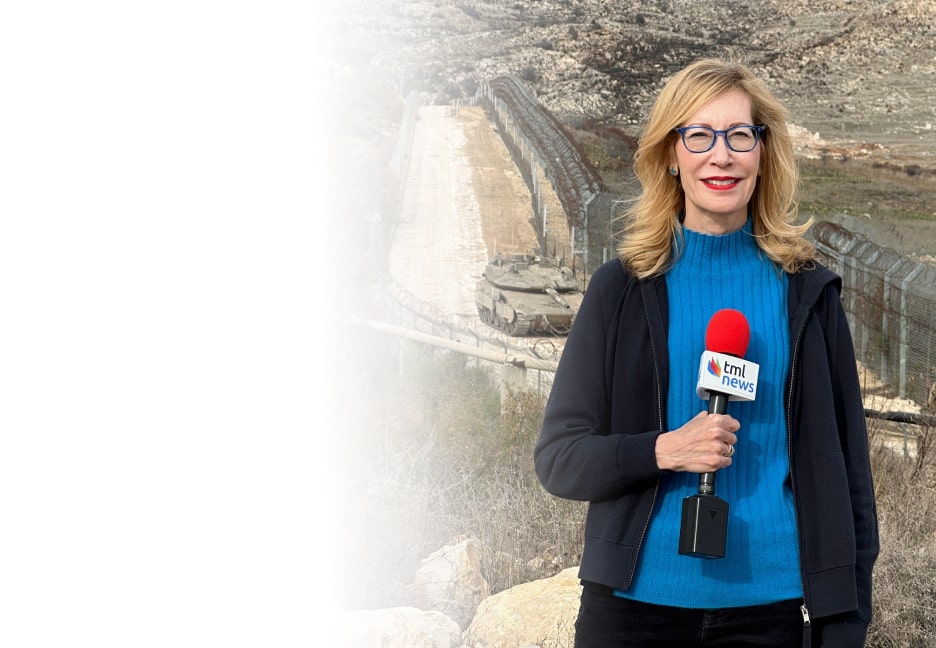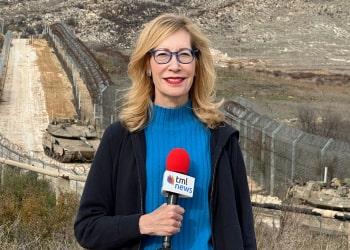Millions of disaffected voters rose up in mammoth demonstrations. Students painted ‘Where is my vote’ on their faces; young women clenched raised fists; chanting was heard throughout the capital; the streets were painted in green.
Less than 10 days later, the streets are quiet. The calls of opposition leaders—to head out with black candles, to drive during the day with headlights on and to flood the public bazaars—have all fallen on deaf ears. The streets are once again abuzz with day-to-day commerce, the average person hasn’t come across protesters with black candles and the students are busy studying for university entrance exams.
“It’s dying down quite a bit. A lot of people have just quit,” Dr Mohammad Marandi, a lecturer at Tehran University, told The Media Line. “I didn’t see anyone holding candles. I haven’t seen a single shop that has been closed, and car headlights? That was a flop. All three of these strategies have failed.”
“We have the national university entrance exam tomorrow and Friday, and everyone is really tired of the whole thing to be honest,” Dr Marandi added. “That’s the mood right now. Even talking about it now makes me tired.”
This holiday season, give to:
Truth and understanding
The Media Line's intrepid correspondents are in Israel, Gaza, Lebanon, Syria and Pakistan providing first-person reporting.
They all said they cover it.
We see it.
We report with just one agenda: the truth.


“Moussavi has been ill advised,” Marandi explained, arguing that the abrupt death of the demonstrations has been the upshot of the protesters’ approach rather than the crackdown by the government. “Moussavi never even gave the legal process a chance. Had he tried to legally protest the elections and then staged protests he would have had a lot more sympathy.”
“He also held all his protests in the heart of Tehran and a lot of people suffered. Business suffered, ordinary people couldn’t go out, others who had nothing to do with the protests were shot. All this diminished his standing quite a bit.”
Kourosh Ziabari, a political correspondent with the Foreign Policy Journal, argued that the demise of the protest movement was not so much a product of failed tactics but one of overly emotive and poorly planned political organizing.
“These kinds of movements are emotional,” he told The Media Line. “They are not based on some rational political plan, and that is why they appear just as quickly as they disappear.”
“Over the first few days, there were entirely peaceful protests in which millions took part,” Ziabari continued. “We had not witnessed non-governmental, indeed anti-government, demonstrations on this level before.”
“The protesters employed every tactic available to them,” he added. “They used online social networks, held silent, peaceful protests, wrote English slogans and banners, sent letters to various organizations and developed relations with foreign embassies.”
“But then everything got mixed up,” he said. “It became difficult to distinguish between political protestors, ordinary citizens passing by and insurgents or terrorists… Protests should not pose a risk to national security or afflict average people.”
Dr. Mehrdad Khonsari, a senior research consultant at the Centre for Arab and Iranian Studies, argued that while recent protest tactics may have failed, it is too early to make long-term predictions. “There are far more sophisticated tactics than those utilized so far and I think it’s too soon to suggest that the protests have petered out,” he told The Media Line. “Public enthusiasm has not died down and I don’t think we have seen the final curtain.”
“Civil disobedience is an art, and what the Islamic regime is really concerned about is that the protesters will improve their tactics or bring in specialists to help them come up with inventive tactics,” Dr Khonsari continued.
“For now, the fact is that the regime deploying its security forces to prevent public gatherings has even brought in some counter-velvet revolution experts from Russia to advise them,” he said. “None of this means the protesters have thrown in the towel—we simply have yet to witness the deployment of that public enthusiasm in a way that makes a larger impact.”